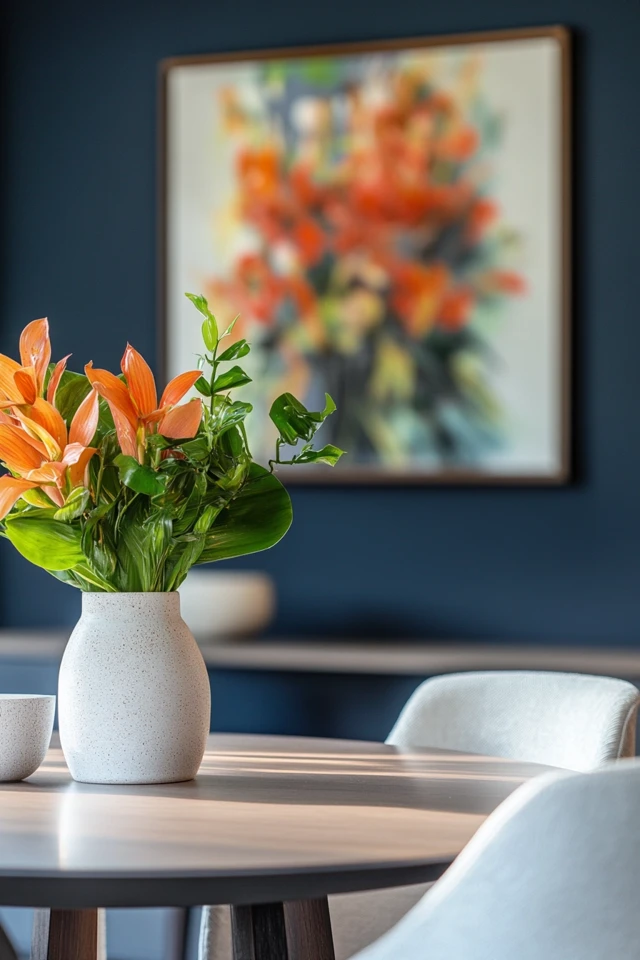Introduction
In today’s fast-paced world, our homes are no longer just places to eat, sleep, and relax—they’ve become multifunctional spaces that need to adapt to our ever-changing needs. Whether you’re working from home, hosting family gatherings, exercising, or simply trying to carve out a quiet spot for relaxation, flexible spaces are the key to making your home work for you. Designing these adaptable environments allows you to maximize functionality while maintaining a cohesive and stylish aesthetic.
I first discovered the importance of flexible design when my one-bedroom apartment had to double as an office during the pandemic. At first, I struggled to find a balance between work and leisure, as my desk seemed to clash with the calming vibe of the room. After rethinking the layout, adding modular furniture, and using subtle dividers, I was able to create distinct zones for work, relaxation, and storage—all within one space. It was a game-changer, making my small apartment feel more spacious and functional than ever.
In this guide, we’ll explore how to design flexible spaces that can evolve with your lifestyle. Whether you’re dealing with limited square footage or simply want to future-proof your home, these tips will help you create a space that adapts to your needs and makes your life more comfortable and efficient.
The Perfect Design for You
Designing flexible spaces is ideal for anyone looking to make the most out of their home, especially if you:
- Live in a small apartment or home with limited square footage.
- Frequently switch between different activities, such as working, exercising, and entertaining.
- Want a home that can adapt to changing circumstances, like a growing family or new hobbies.
- Appreciate clean, clutter-free spaces that offer both functionality and style.
Imagine a living room that transforms into a home office during the day, a guest bedroom for overnight visitors, and an entertainment hub on the weekends. Or picture a dining area that doubles as a homework station for kids and a crafting corner for adults. These are the kinds of flexible spaces that allow you to live comfortably and creatively without feeling constrained by your environment.
No matter your home’s size or layout, designing flexible spaces will help you maximize functionality, optimize storage, and create a dynamic, adaptable home that grows with you.
Picture Gallery
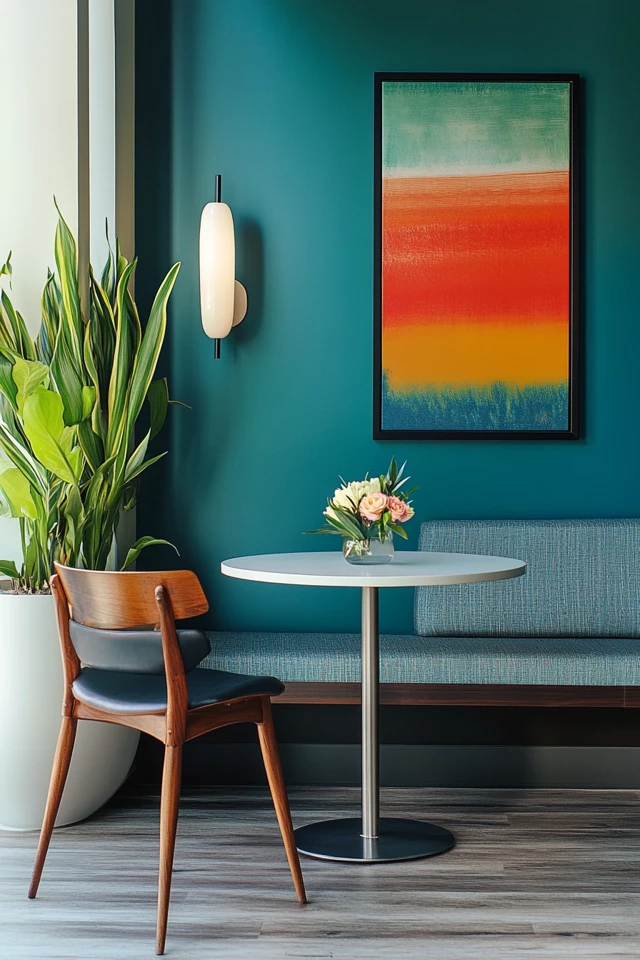
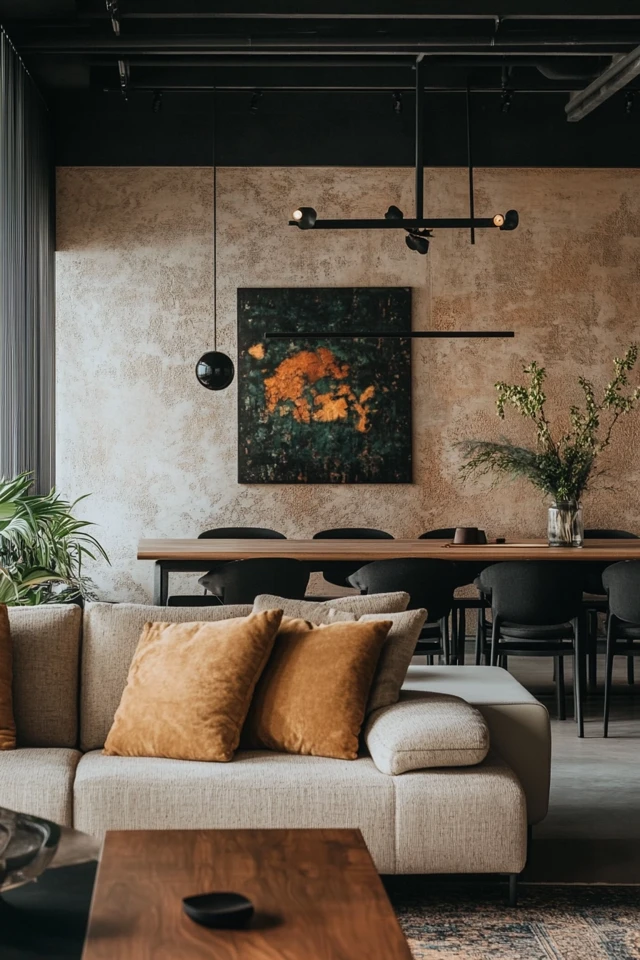
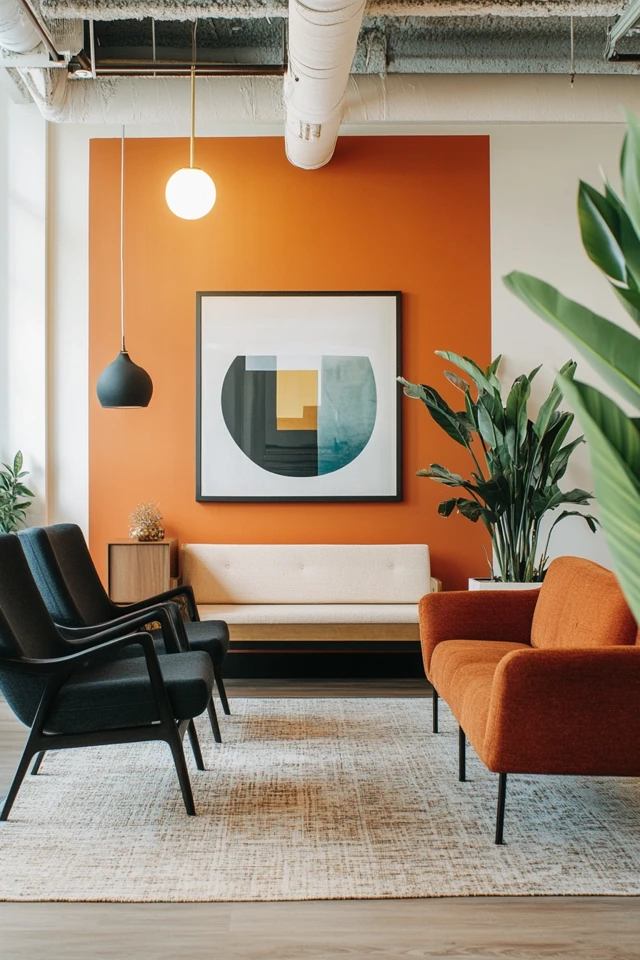
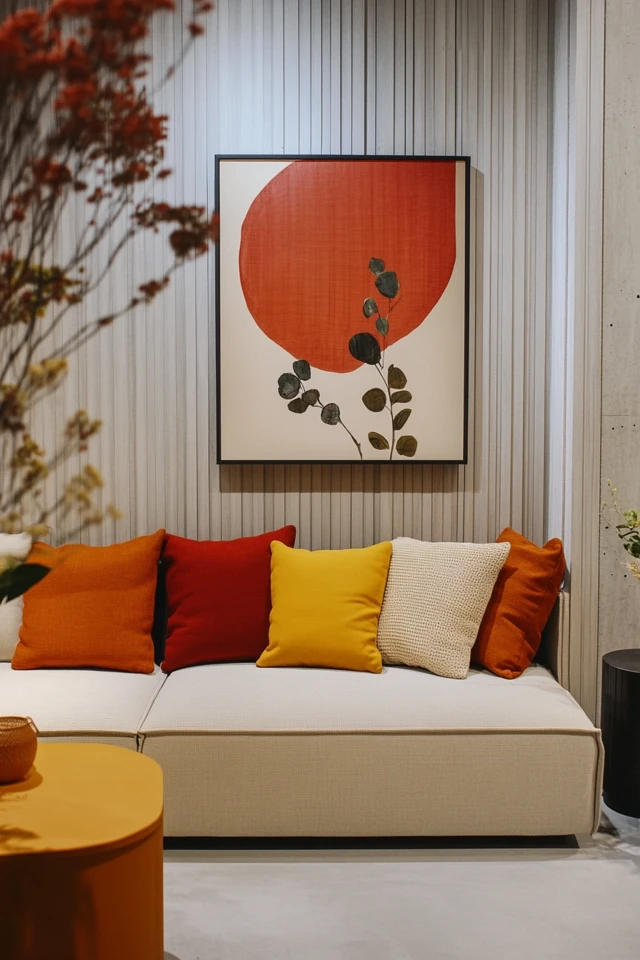
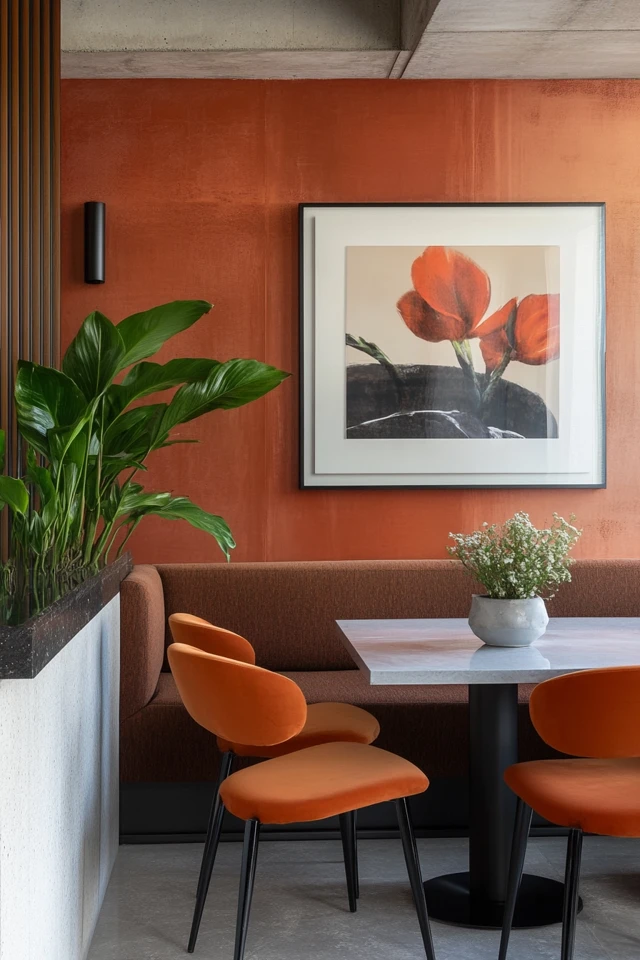
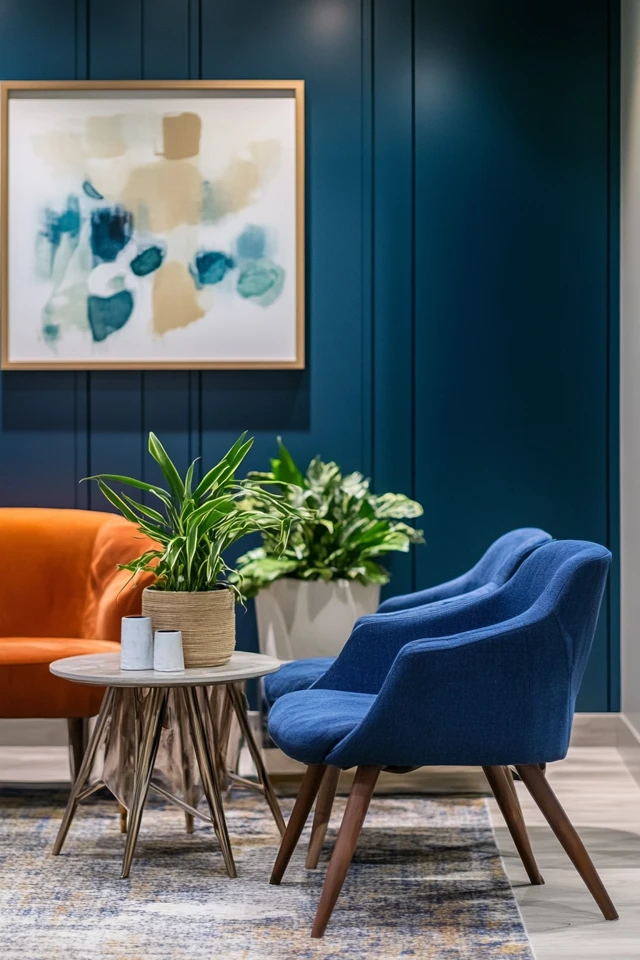
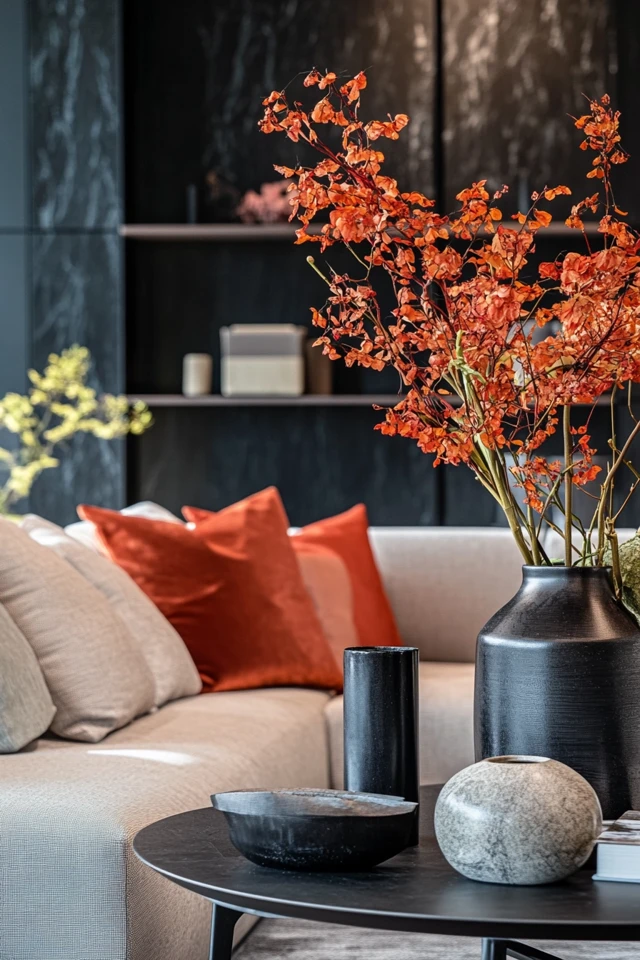
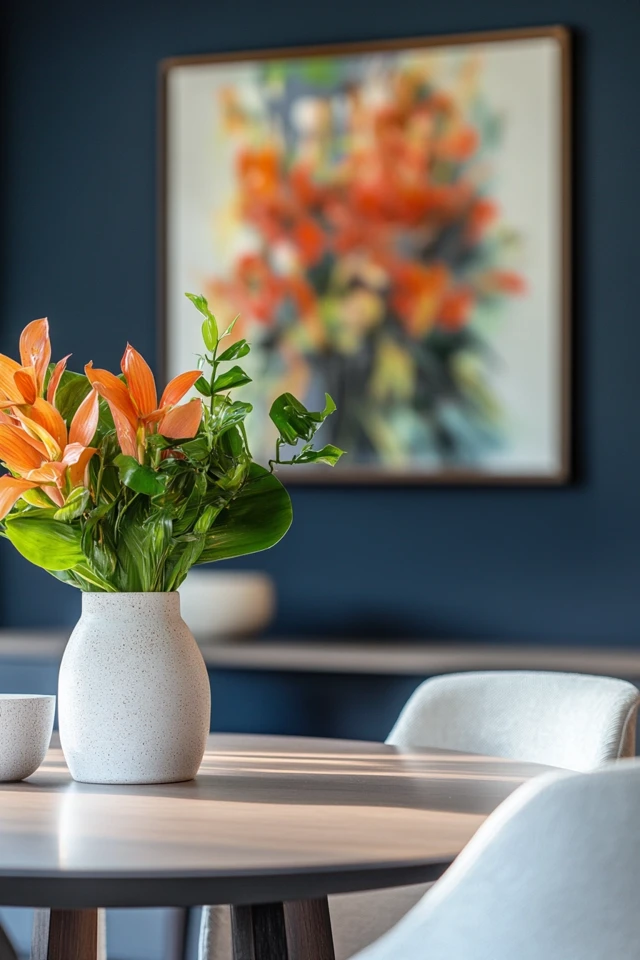
Why Flexible Spaces Matter
Flexible design is more than just a trend—it’s a practical approach to modern living. Here’s why it’s so important:
- Maximizes Space: Flexible layouts and multifunctional furniture make even the smallest spaces feel larger and more versatile.
- Adapts to Change: As your needs evolve, flexible spaces can be reconfigured without requiring major renovations.
- Encourages Organization: Smart storage solutions keep clutter at bay, ensuring your space remains functional and inviting.
- Improves Functionality: By creating distinct zones for different activities, flexible spaces allow you to use every square foot efficiently.
- Enhances Aesthetics: With thoughtful design, you can achieve a balance between practicality and style, ensuring your home is as beautiful as it is functional.
Designers often emphasize the importance of “designing for the future,” and flexible spaces embody this philosophy. By creating adaptable environments, you ensure your home remains relevant and practical no matter what life throws your way.
How to Design Flexible Spaces: Step-by-Step
1. Analyze Your Needs and Priorities
- Start by identifying how you use your space and what activities it needs to support:
- Do you need a home office, a workout area, or a play space for kids?
- Are you hosting guests frequently or needing extra storage?
- Prioritize your needs to determine the key functions your space should accommodate.
- Example: If you work remotely and have limited space, focus on creating a work area that can easily transition back to leisure mode.
2. Create Zones Within Open Spaces
- Divide open-plan areas into functional zones without adding walls:
- Use rugs to define different areas, such as a seating nook and a dining space.
- Arrange furniture strategically to create natural boundaries.
- Add portable screens or curtains to provide temporary separation when needed.
- Example: In a studio apartment, place a bookshelf between the bed and the living area to create distinct zones without sacrificing light or openness.
3. Invest in Multifunctional Furniture
- Choose furniture that serves multiple purposes to maximize functionality:
- Sofa beds or daybeds that double as guest sleeping options.
- Drop-leaf or extendable tables for dining and working.
- Ottomans with hidden storage or coffee tables that convert into desks.
- Example: Use a dining table with foldable sides to function as a workspace during the day and a dining area at night.
4. Incorporate Modular and Movable Elements
- Modular furniture and movable pieces provide flexibility for changing layouts:
- Use sectional sofas that can be reconfigured for different occasions.
- Add rolling carts or portable storage units for easy reorganization.
- Opt for stackable chairs or foldable tables for compact storage when not in use.
- Example: A modular shelving unit can act as both storage and a room divider, easily repositioned as needed.
5. Maximize Vertical Space
- Use walls to free up floor space and increase storage capacity:
- Install floating shelves, wall-mounted desks, or hanging racks.
- Use pegboards or hooks to organize tools, accessories, or kitchenware.
- Example: In a small kitchen, hang pots and pans on a wall-mounted rack to save cabinet space and create a functional display.
6. Choose Neutral and Versatile Design Elements
- Stick to a neutral color palette and timeless furniture styles that can adapt to various uses:
- Use neutral tones for walls and larger furniture, adding personality through interchangeable accents like pillows or artwork.
- Choose furniture with clean, simple lines that blend well with different decor styles.
- Example: A neutral sofa with removable, colorful cushions allows you to change the room’s look without replacing furniture.
7. Incorporate Smart Storage Solutions
- Organize and conceal clutter with efficient storage systems:
- Use under-bed storage, built-in cabinets, or wall-mounted organizers.
- Opt for furniture with hidden storage, like beds with drawers or benches with lift-up lids.
- Example: A coffee table with built-in storage compartments can hold remotes, magazines, or blankets, keeping the room tidy and multifunctional.
8. Use Lighting to Define Spaces
- Lighting can help separate zones and set the mood for different activities:
- Add task lighting for work areas and ambient lighting for relaxation zones.
- Use adjustable lamps or dimmer switches for greater control.
- Example: A pendant light over the dining table and a floor lamp by the sofa create distinct zones within an open living area.
9. Design for Mobility
- Opt for lightweight, movable furniture that can be easily rearranged:
- Use folding screens or curtains for temporary partitions.
- Choose chairs and tables that can be relocated without effort.
- Example: A rolling desk can be used in different rooms depending on the time of day, offering flexibility for work or leisure.
10. Plan for Future Adaptations
- Design spaces with the future in mind to accommodate changing needs:
- Use modular furniture that can be expanded or reconfigured over time.
- Choose decor and layouts that can evolve with your lifestyle.
- Example: A child’s playroom can transition into a teen’s study area by replacing toys with a desk and shelving units.
FAQ
1. Can flexible spaces work in small homes?
Absolutely! Flexible design is especially useful in small homes, where multifunctional furniture and strategic layouts can make the most of limited space.
2. How do I make a room serve multiple purposes without looking cluttered?
Focus on organization and storage. Use hidden storage, divide the room into clear zones, and keep decor cohesive to maintain a clean, unified look.
3. What are the best furniture pieces for flexible spaces?
Look for multifunctional furniture like sofa beds, drop-leaf tables, modular shelving, and storage ottomans.
4. How do I make flexible spaces look stylish?
Stick to a cohesive color palette, use timeless furniture, and incorporate decor that ties the zones together visually.
5. How do I transition between different functions in a flexible space?
Use lightweight, movable furniture and portable dividers to make transitions seamless. Lighting and rugs can also help define zones for different activities.
Variations
- Modern Minimalism: Use clean lines, neutral tones, and streamlined furniture for a functional yet elegant design.
- Urban Loft: Incorporate industrial elements like exposed brick, modular furniture, and movable partitions for a flexible, modern vibe.
- Scandinavian Simplicity: Combine light woods, soft textures, and natural colors for a cozy, adaptable design.
- Family-Friendly: Use durable furniture, ample storage, and kid-friendly zones to create a dynamic space for all ages.
- Creative Studio: Blend multifunctional workspaces with stylish storage solutions for an inspiring, flexible environment.
How to Showcase It
- Living Rooms: Use sectional sofas, ottomans, and modular shelving to create a multifunctional space for relaxing, working, or entertaining.
- Bedrooms: Incorporate hidden storage, foldable desks, or daybeds to make bedrooms double as workspaces or guest rooms.
- Dining Rooms: Add extendable tables and movable chairs to transform the area into a workspace or craft station.
- Kitchens: Use wall-mounted organizers, rolling carts, and drop-leaf tables for a flexible, space-saving design.
- Home Offices: Combine portable desks, modular shelving, and smart storage to adapt the space for different tasks or users.
Occasions to Feature It
- Daily Living: Create spaces that support your everyday activities, from working to relaxing.
- Hosting Guests: Use sofa beds, folding tables, or movable partitions to accommodate visitors comfortably.
- Seasonal Changes: Rearrange furniture or swap textiles to adapt your space for different seasons.
- Growing Families: Design rooms that evolve with your family’s changing needs, from play areas to study zones.
- Home Renovations: Use flexible layouts and furniture to maintain functionality during renovations or transitions.
Conclusion
Designing flexible spaces is about creating a home that works for you—no matter your lifestyle, needs, or the size of your space. By incorporating modular furniture, smart storage, and thoughtful layouts, you can craft dynamic environments that adapt to your daily life and evolve over time.
Whether you’re working with a small apartment or a large open-plan home, these tips will help you maximize functionality while maintaining style and comfort. Embrace the beauty of flexibility, experiment with your design, and enjoy the freedom of living in a space that truly adapts to your needs.

